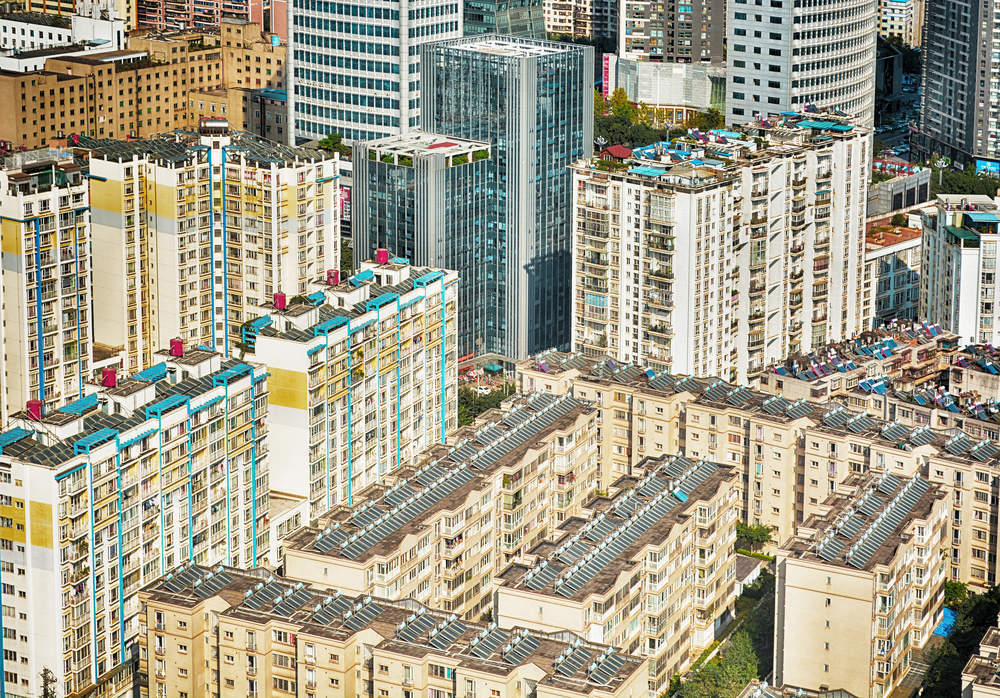
By 2025 over 60 percent of the global population will live in urban areas.
Urbanisation is happening in both the developed and developing world, however in the latter it is occurring at a much faster rate.
According to GlobalData research by 2025 there will be 41 megacities globally (cities with a population of 10m or more) — 34 of these are not considered to be in the developed world.
China will be home to 12 of these cities alone.
Urban areas in the developed world will become key drivers of growth, with many emerging nations capital city growth expected to outperform the national average.
GDP growth in capital cities vs the national average between 2016–25
How well do you really know your competitors?
Access the most comprehensive Company Profiles on the market, powered by GlobalData. Save hours of research. Gain competitive edge.

Thank you!
Your download email will arrive shortly
Not ready to buy yet? Download a free sample
We are confident about the unique quality of our Company Profiles. However, we want you to make the most beneficial decision for your business, so we offer a free sample that you can download by submitting the below form
By GlobalDataHowever, rapid urbanisation makes sustainable development a significant challenge for the global economy.
The fact most of the world’s urbanisation is occurring in the developing world exacerbates the issue.
Cities in poorer countries are less likely to have the resources, capacity, economic clout or political will to ensure their rate of growth is sustainable.
The implementation of smart technologies is paramount to solving this problem and improving efficiency in urban areas.
A number of cities in both the developed and developing world have made advancements towards becoming smart, and as urban populations continue to rise all cities will eventually need to improve the efficiency of their existing infrastructure and networks.
Despite the challenges, there are a plethora of opportunities within these diverse and varied markets.
The consumer base varies between each city, culture impacts spending habits and therefore understanding the cultural context is key for success.
For example, GlobalData research has shown that for Pakistani consumers, the most important aspect when buying food and drink products is ensuring it matches their religious beliefs, while in Vietnam health and dietary preferences were considered the most influential factors.
Gaining an understanding of the varied consumer market within these ever growing urban areas will prove crucial for future business growth.



